|
Without the luxury of spoken language, how do animals communicate with each other? Dogs use a series of facial expressions and body postures. These are often referred to as “Calming Signals”. These include:
- Breaking eye contact/turning away - Lifting a paw - Sniffing the ground - Freezing/stillness - Showing the whites of the eye (whale/moon eye) - Lip licking (when not eating) - Yawning (when not tired) - Walking slowly - “Smiling” - Wagging tail - Panting - Play bow - Exposing the belly/lying on back - Shake/shiver - Lowered head When a dog shows these behaviours he is communicating that he is not a threat, and the approaching dog/person should disengage or back off. If the approaching dog/person ignores these signals, the dog will escalate to more severe behaviours like snarling, growling, snapping, or biting. Owners may not be familiar with these signals. For example, a dog rolling on his back is not actually asking for belly rubs; he is actually signaling that he is not a threat and would probably prefer if you walked away. A dog with poor socialization skills will lack the ability to use and/or interpret these signals and will advance to a bite without warning, which is very dangerous. This is why early socialization is so important. TOP TIP: When dog guardians return home to an upturned dustbin, a destroyed couch, or a puddle of wee on the carpet, their dog will often look at them with the “guilty look”. In actuality, the dog is showing a calming signal (known as “whale eye”) in order to avoid punishment from their person. It’s important to understand that any punishment at this point will not have the desired effect of stopping the preceding behaviour, and should, therefore, be skipped entirely. Instead, improved management and training can prevent unwanted behaviour in the future.
0 Comments
Dogs bark. We all know this. So why does this seem to be a major behaviour problem these days? Perhaps it’s because dogs are living in smaller areas such as security estates and complexes. Perhaps people work longer hours and leave dogs alone for longer. Perhaps dogs don’t go on as many walks or don’t get as much opportunity to be social with new people and/or dogs. Perhaps we’ve become a less tolerant society? Whatever the reason, excessive barking can be distressing to both owners and dogs and should be addressed as soon as possible.
The first thing to do is to determine why your dog is barking. Fear? Boredom? The neighbour’s cat? There are specific protocols based on the underlying cause of the behaviour, but there is one common thread when it comes to the solutions: give the dog an alternative behaviour. This could be in the form of brain games, scatter feeding, chew toys, and/or restricting access to the area in which they usually bark. TOP TIP: Anti-bark collars are never recommended because they do not address the root of the behaviour. These collars cause the dog to a) become depressed and shut down or b) express the underlying emotion with another undesirable behaviour such as chewing the furniture or aggression. If you are struggling with excessive barking, contact a certified trainer or behaviourist to give you a science-based approach to reducing barking while protecting your dog’s emotional well-being. Feral cats are the same species as pet cats. The only difference is that feral cats have not come into direct contact with people during their socialization period (between 2-7 weeks of age). This causes them to avoid humans, much like a wild animal would. It’s for this reason that it is not recommended to take in a feral cat to live in a home, as it would be comparable to taking in and attempting to tame any other wild animal.
Feral colonies are usually found where there is a steady supply of food, such as near restaurants or shopping centres. There is much debate about how to manage feral colonies—if they are removed, new (breeding) cats will replace them—but the one thing everyone can agree on is that the growth in the population of cats needs to be controlled. This is done by TNR: humanely trapping the cats, spaying, and releasing back into the area so she can continue to live without breeding. A small tip of the cat's ear is removed so that people monitoring the colony know which cats have already been sterilized. TOP TIP: Unlike ferals, “stray” cats are those who once lived in a home. Strays can, therefore, be rehomed. A stray cat is more likely to approach you when found. A stray should be checked for a collar and/or microchip and taken to your local SPCA to be reunited with the owner or put up for adoption. Puppies need to learn where the appropriate place is to eliminate: they don’t come pre-programmed! This takes time, patience and consistency, but doing the work in the beginning will
be worth it in the long run! Training Steps
- first thing in the morning, last thing at night, potentially a few times in between. - at least every hour, depending on size/age.
TOP TIP: If your puppy makes a mistake inside the house, avoid scolding, reprimanding, or punishing as this only teaches her to be scared of your presence. She will be afraid to eliminate when you’re around so may leave little surprises in and around the house while you’re away. Rather amp up your supervision and structure, learn to better notice the signs that she is ready to go, and increase the frequency of visits to the toiling area. The last thing you want to be doing is rushing your pets to the emergency room when you could be getting stuck in the holiday festivities. Click here to read how to keep your pets safe this Christmas…
1. Routines: like us humans, pets become quite accustomed to their daily routines. Over the holidays, many things change including work schedules, the number of visitors in the home, running errands, children home for holidays, etc. These changes can create some uncertainty in your pets and increase stress levels. Try to keep to at least one activity that they can count on per day, such as a walk, a game in the garden, or a delicious chew toy. This routine will provide a sense of comfort in an otherwise unpredictable time. 2. Guests: many dogs and cats only take a liking to a select few humans. If you are expecting guests, make sure your animals have a safe spot where they can retreat away from the frenzy. Even if your pet appears to be coping with all the added interaction, take them to the “safe zone” periodically in case they are overwhelmed and are struggling to disengage. Most of all, be patient with your pets; they did not see all of this coming, so they may behave out of character. Avoid punishment and reprimands and rather learn from such situations to avoid or manage them in future. 3. Gates and doors: unfortunately many pets go missing this time of year. Make sure that visitors and/or house sitters know which doors need to be kept closed so that your animals don’t bolt out of your property. 4. Decorations: Creating the perfect holiday ambience often involves adding some sparkle and rearranging furniture. This can unsettle your pets, which could potentially encourage anything from investigation of the tree (cat owners beware) to unexpected marking on the presents underneath it.
5. Food: Many foods that are served in vast quantities at this time of year are very dangerous to pets. Remember that dogs are opportunistic scavengers, so even the smartest and best trained animals will take a chance if the reward is high enough (think: giant turkey leg). If need be, keep your dog on a leash or separate them from serving areas.
On the flip side, some leftovers (like turkey, lamb, ham, carrots, eggs, sweet potato, etc.) can be a healthy treat for your pets so don’t forget to include them in the merriment where possible! 6. Toys! Children aren’t the only ones who want presents! Take this opportunity to get something special for your furry friends. A stuffed Kong, a tasty raw bone, a destroyable teddy, a sprinkle of catnip, a tug rope, an interactive feeder, or any of the options found here are wonderful options to keep your pets busy, relaxed and feeling great this holiday! |
JessicaWrite something about yourself. No need to be fancy, just an overview. Archives
December 2022
Categories |

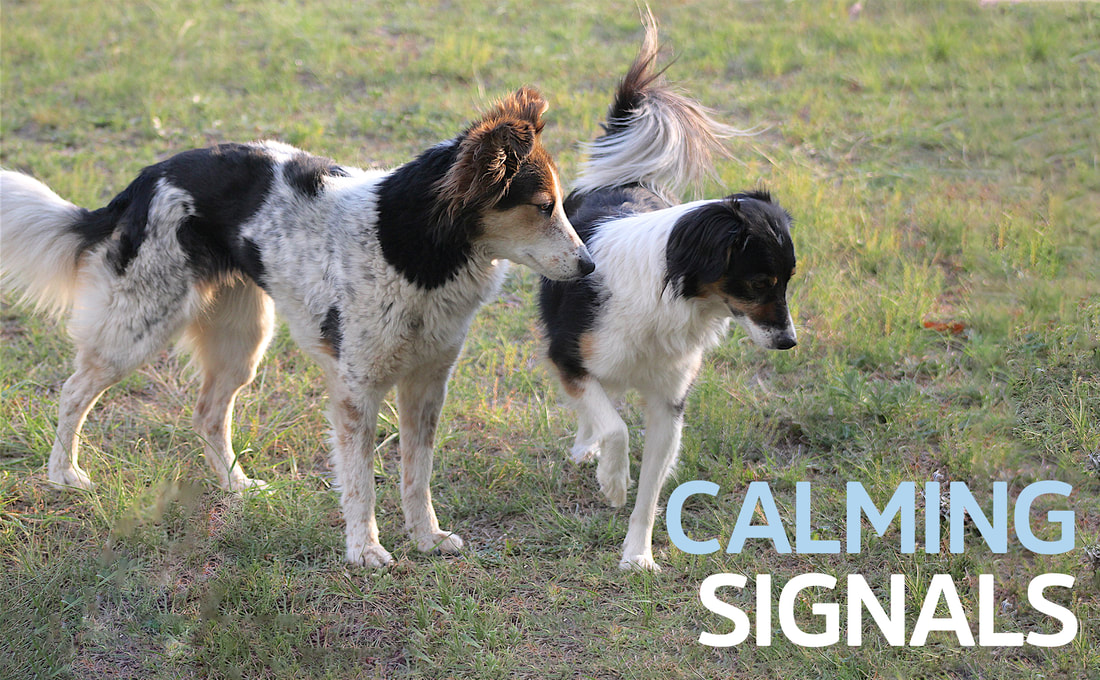
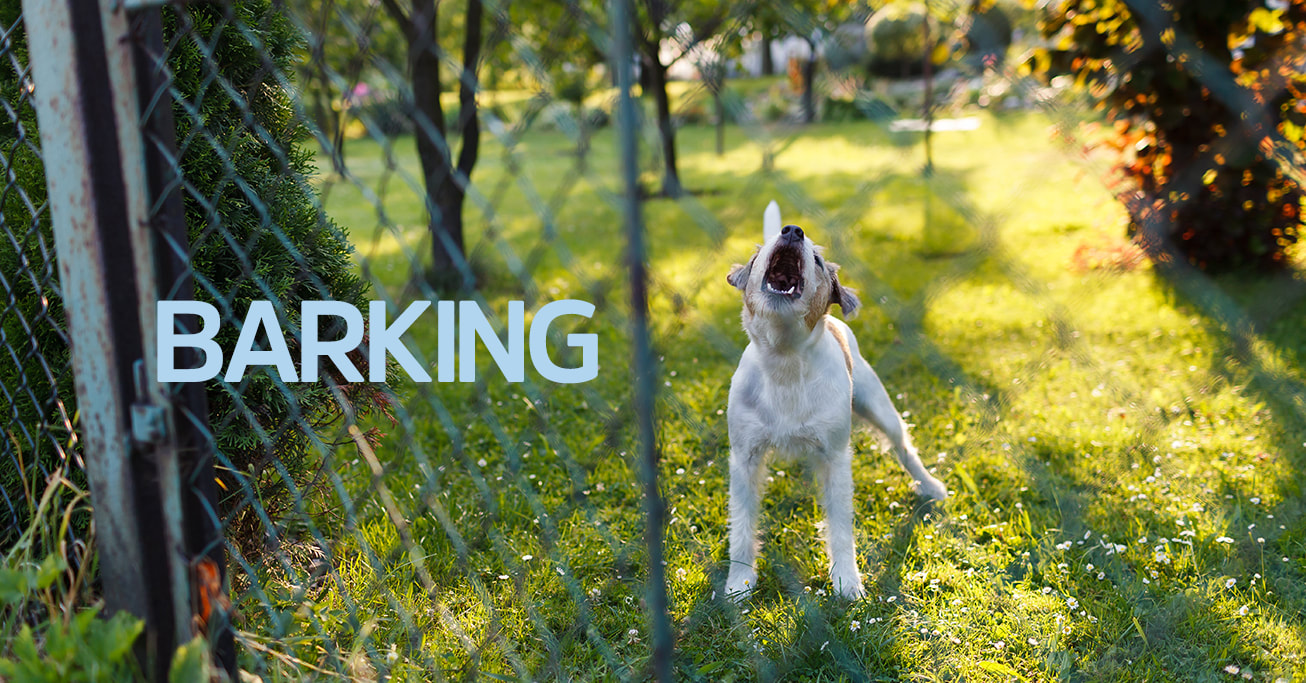
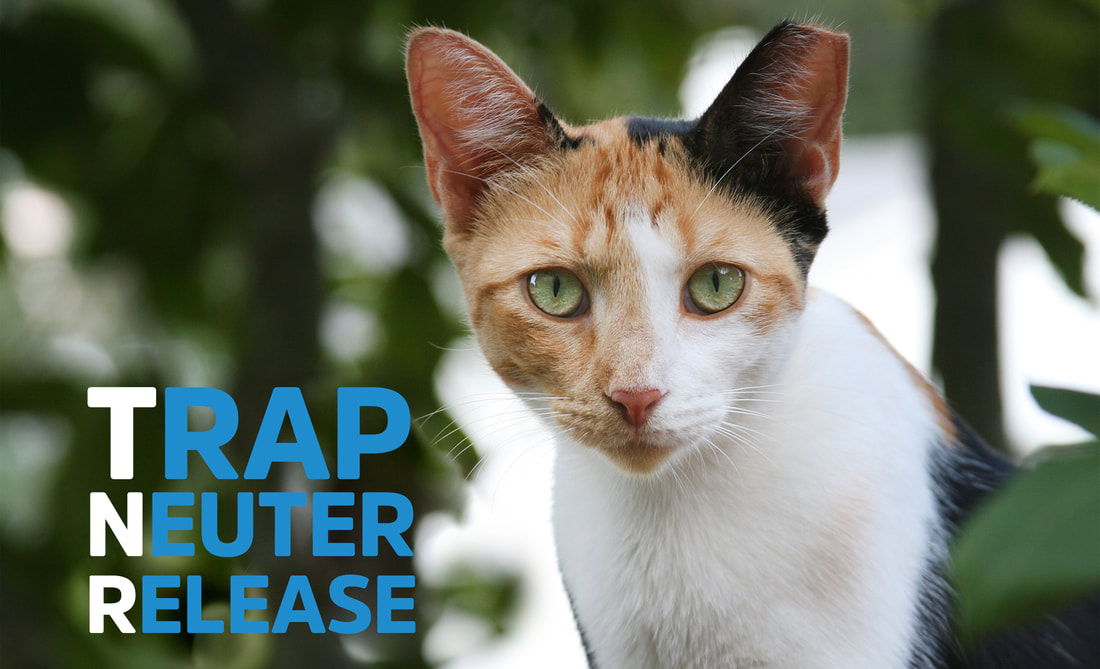
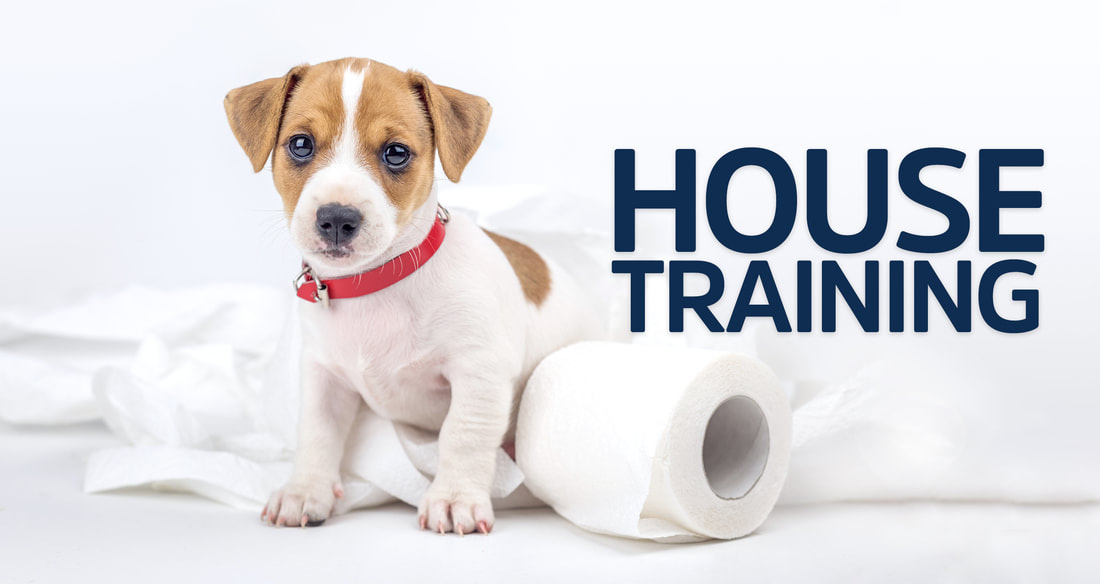
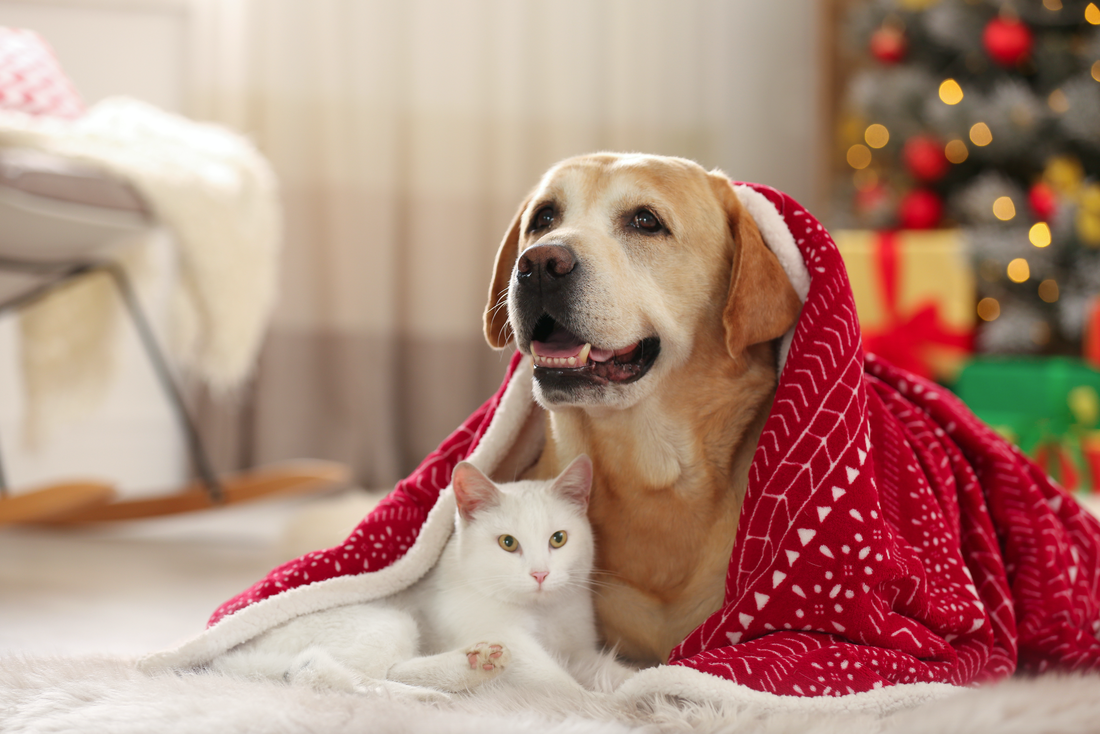
 RSS Feed
RSS Feed
